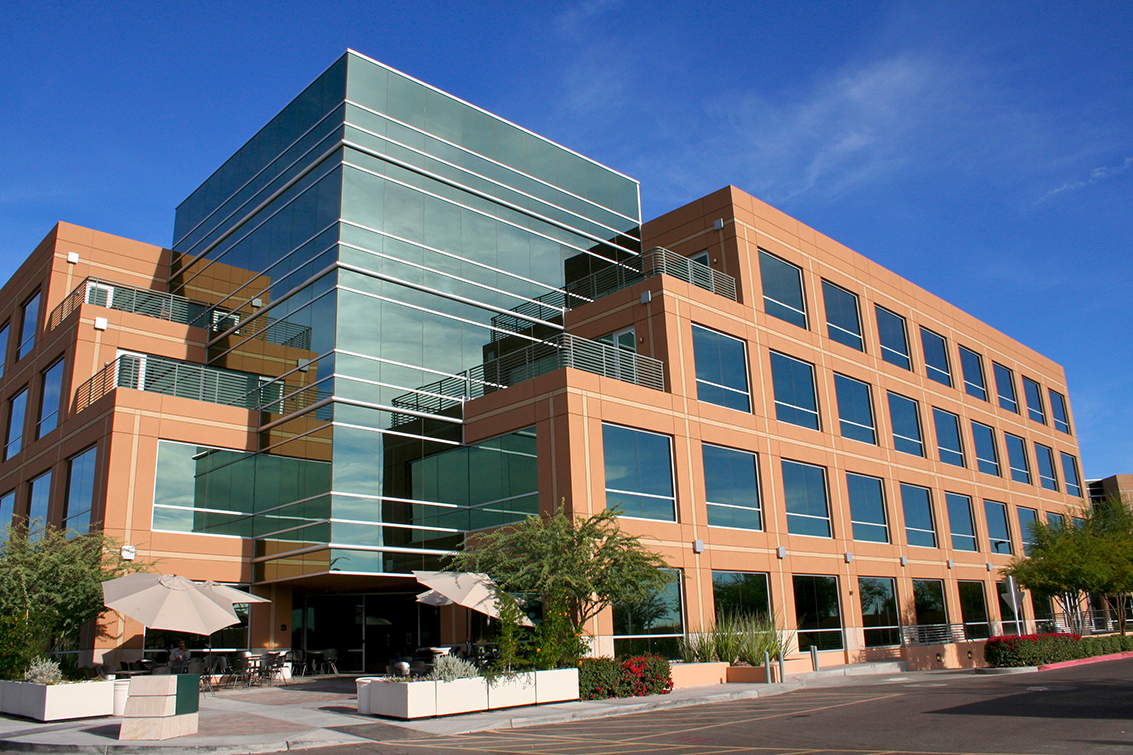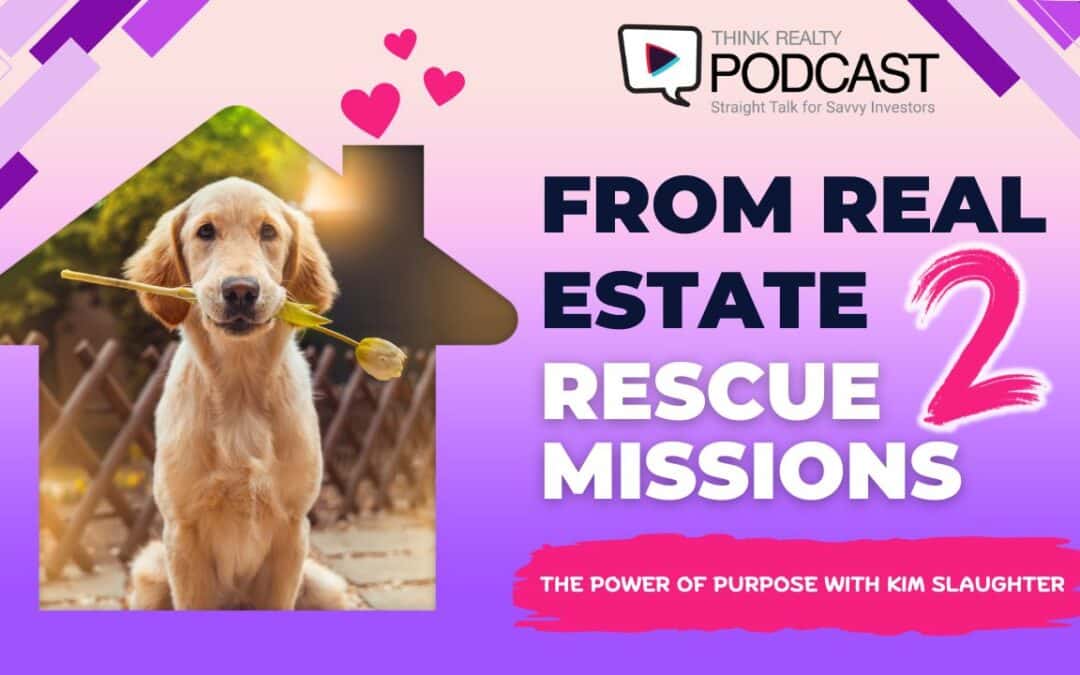Investing in property—land, hotels, office buildings, apartments, private homes—has long been a moneymaking proposition.
Of course, a major investment company or builder, solidly financed and determined to produce only the very top of the line condominiums in Monaco will have different challenges and resources than the average investor. However, for the past several years, even small investors with little experience could get in on the market by “flipping” houses or creating a portfolio of rental properties that could be used as leverage for buying more property and rehabilitating homes.
The BRRRR Method
Investors who wanted a portfolio of properties would often start with one. The process was fairly straightforward: Interested parties would invest in properties, usually single-family houses that needed to be sold quickly and rehabbed before being sold.
Many of these investors built their portfolios using the BRRRR method with their properties. Here are the key components:
- Buy. The key was finding an affordable property to purchase, under market value.
- Rehab. Put on a roof and some paint. Fix the plumbing. Tear out the kitchen cabinets from 1955 and replace them with newer ones from a house being upgraded with granite countertops and a copper hood over the oven. Fix the house with inexpensive items whenever possible and make it inhabitable as soon as possible.
- Rent. In most major cities and many smaller ones as well, apartments have been at a premium, and they often aren’t what a family needs. Getting the house rented as soon as possible—and collecting rent that hopefully more than covers the mortgage—was and is the key.
- Refinance. Find a decent tenant (not always an easy task) and collect a steady monthly rent while the house builds equity. In hot markets, houses can build equity fairly quickly. Head to the bank, take out a permanent loan, and recoup cash.
- Repeat. Now that the investor has a property, a tenant, permanent financing, and their cash back, it’s time to do it all over again.
Or it was.
Today’s market is changing in ways that will deeply impact the BRRRR method.
Although the housing market is still hot, it is likely to cool quickly, even for potential homeowners, let alone for investors. Mortgage rates are climbing, making borrowing more expensive and causing housing prices to cool. Since lending is driven by the sales comparable approach, investors may find themselves less likely to complete the “Refinance” and “Repeat” portions of the equation.
On top of that, inflation is impacting the cost of everything from nails to paint. Finding people who have the talent to rehab properties and can put a crew together to do it quickly and efficiently is becoming more difficult too. The same supply line problems that are making cars and machinery difficult to buy and deliver are hammering vendors of lumber, tile, and carpeting. Finding houses that go BRRRR will become more challenging until some, or all, of these negative forces have eased.
“Commercial” BRRRR
So, what is a small investor to do? It may be time to switch from residential to commercial real estate. An investor who makes that decision needs to look at properties through a different lens: income methodology. This method is the backbone of commercial evaluation. Increase the income of a property, and the value becomes more valuable. In a nutshell, it is commercial BRRRR.
There are a number of similarities and differences between house BRRRR and commercial BRRRR. An investor who takes on a commercial BRRRR project must focus on five core areas to increase the net income.
1. Management
How can the property best be managed, and who will manage it? To answer that, an investor must have a vision of their property plan and interview property managers.
2. Occupancy
What can be done to drive occupancy as high as possible while balancing rent rates?
3. Rent Rate
What can be done to drive rents as high as possible while balancing occupancy? It’s often a balancing act between rent rates and occupancy.
4. Expenses
On an ongoing basis, what can be done to drive down expenses? Perhaps that means installing a new furnace or switching to LED lights. Although there is an upfront cost associated with these types of changes, they may drive down expenses in the long run, increase net operating income, and make the property more valuable.
5. Physical Condition
Commercial BRRRR and “house” BRRRR have physical condition of the property in common. What can the investor do to a property—physically—that will improve the other four core areas?
Most small investors already have the skills needed to complete a commercial BRRRR. They already know how to acquire property, renovate it (which is no easy task), and manage a budget. Managing a budget is one of the best skills an investor can have because reducing expenses in commercial property is easier than raising rents. Dollar for dollar, they have the same impact to the bottom line.
So, while an investor in houses may feel the chill of a house “BRRRR,” conditions are still warm for executing on a commercial project.
Neil Timmins is an author, investor, and educator. After years of investing in houses and $300 million in transactions, Timmins graduated to investing in commercial real estate. He now educates others on how to do the same.
Timmins’ first book, “Unicorn Hunting for Real Estate Investment Companies: The Complete Hiring Funnel,” was released in 2021. He also hosts the popular podcast “Real Grit.”
























0 Comments